On one hand, Lara Croft can be seen in a reactionary manner due to the fact she is heavily sexualised. This is supported by her positioning on the cover and her physique. On the other hand, she can be viewed radically as she is standing boldly and carries weapons that a male would typically hold. Although she has enhanced breasts and a small waist, she also has strong arms, emphasizing her masculinity. Therefore, she challenges both reactionary and radical responses as arguably she can be placed as both masculine and feminine.
Monthly Archives: October 2019
Filters
tomb rader annotated

Statement of intent
My target demographic is 15 year old boys as emergent service workers as they are socially and culturally active so understanding the re-emergence of retro and 8-bit games and having middle economic capital being able to afford the £6.99 price tag. They also fit into the photographic audiences the Explorer as they are seeking out the up and coming niche retro movement. Studies prove if a magazine has a free item people are more likely to buy it, using this i also highlighted key word, keeping the same color scheme as the title to contrast the blue, (Free collectible, New, 10 piece) to further entice purchase. I chose a light orange as it is opposite the blue background on the color wheel meaning it will stand prominently on the page. The main color of the magazine is a deep blue which connotes to a moody serious style matching the dominant ideology of 15 year olds moving to adult hood. This is created through the editing of the background image using the ripple effect and blur tool to merge all of the range of blues in the image. I made a 8-bit warlock to be my dominant signifier of the magazine ,as it is an iconic sign, and created a paradigm of 8-bit by using the style to create the main text pieces. My main character also gives anchorage to the paradigm of Destiny 2 linking to the other 8-bit destiny character and the background image. My piece is a reactionary text as it fits into classic magazine style with inspiration from PC Gamer and Tabletop Gamer, both aimed at mid to late teens. Also mimicking the placement of bar code and price vertically next to it to remove any interference of the signification of the other signs on the cover.
Second
The clear representation of an action game through iconic signs of guns in the hands of both figures but continue their meaning through their nature as indexical signs and feeding ideas to the younger gamers without their knowledge of it. Furthermore the brown and green color scheme of there clothing connotes to the camouflage worn by army soldiers starts to create a paradigm of action and violence which targets younger game with easily understandable and simplistic signs of the dominant ideology. The more advanced editing of the piece by the dominate ideology is that the character has all sexual areas covered to reduce links to homosexuality which is being deterred by the upper class, straight, white, christian. male who create the dominant ideology of western culture. It evens go so far to add a long cloak around the hips to stop any angle of viewing from front and back.
Audience Theory
George Gerbners Cultivation theory
George Gerbners theory says that over time the mass media can reinforce the ideas already had by individuals and this is shown through my cover as the re ignition of retro games causing people who have liked them previously to be cultivated into liking them again positioning the genre back into popularity.
Stuart Halls Reception Theory
Stuart Hall believed that the audience were both the producers and the consumers of mass media and that in textual analysis there is a place for negotiation and opposition by the audience. This is a post gramscian view as it opposes the idea of maintained control in a hegemonic society.
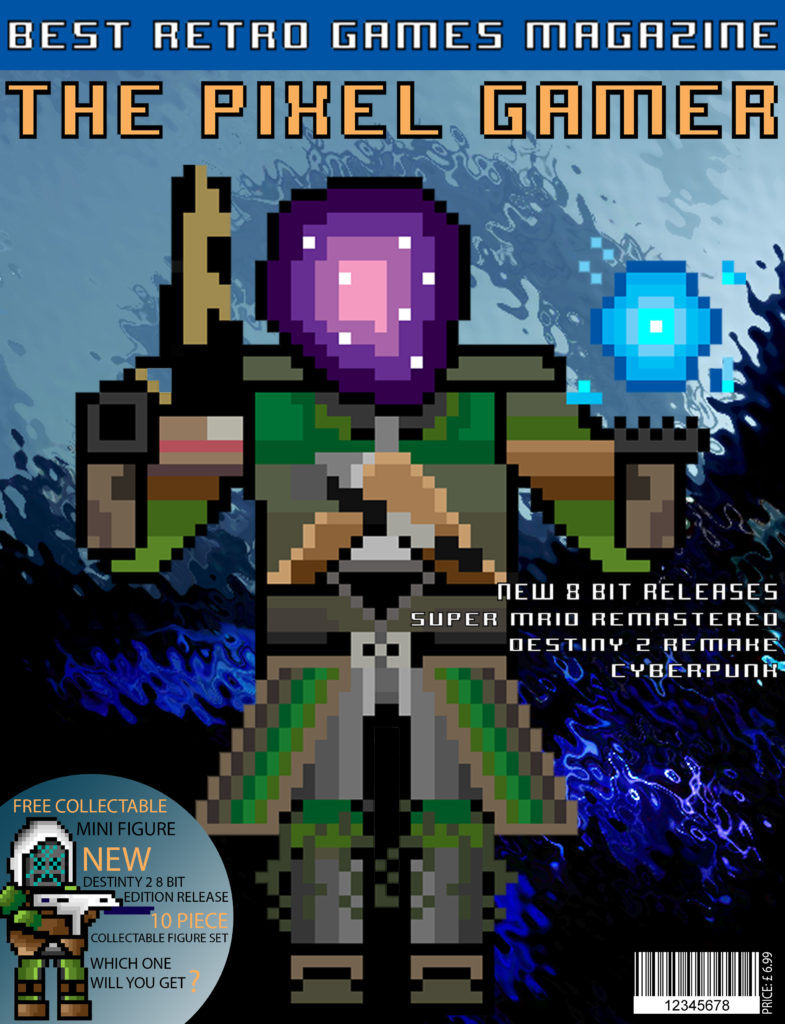
Final
My magazine is based of reactionary ideas but is produced in a reactionary form to conform to traditional media to get the radical ideas into the main stream whilst making it accepted by rules set by the mass media.Through out my piece I use a paradigm of 8-bit characters and fonts to keep to the retro house style of the magazine. Specifically the dominant signifier of the Warlock on the main cover. I use clear iconic signs especially in my contents page to display popular 8-bit games (Mario and Donkey Kong) whilst keeping the influence of Destiny 2 with captures I have collected through the game. My demographic is late male teens because they are emergent service workers that are socially and culturally active and recognize the re-emergence of the retro gaming industry. Through selective representation I was able to target stereotypical “gamers”. Furthermore the predominant use of imagery is to reduce the reading weight to entertain the smaller attention span of the younger generation and create counter types to access a wider audience and sway people to the dominant reading of my magazine. I used two color schemes the cover using blue and orange the blue gradient background contrasts well with the dominant signifier and the light orange is the opposite color to the background it is on creating contrasting colors making it stand out on the page. Secondly the red and black scheme is typical of retro games and is connotated with formal informative magazines. For my double page spread I used images i captured through Destiny 2 and edited them to fit the style of the magazine and continue the myth of dark being evil. As I made all of the 8-bit images I was able to edit them to fit any game style i needed, the “Christmas Mario” to recreate a cliche idea of Mario and make a constructed reality for my magazine. The larger page size was inspired by more visual gaming magazines that promote and display the art side of gaming as the larger size offers more space for the images which allowed me to take a more artistic approach to my magazine and interest more than just gamers. A smaller aspect is the “Free collectable figure” which statistically is meant to improve sales as people are more likely to buy if they receive an additional item with there purchase.
| CODE | DENOTATION | CONNOTATION |
| Mise-en-scene (lighting, props, costume, colour, facial expression, body language) | The costume is short and shows a lot of her skin. She has a classic ‘looking over the shoulder’ pose to show off her body. | This creates appeal to an audience of menThis adds to the appeal |
| Cinematography (camera angle, shot type, etc.) | They used a medium shot on the front cover showing most of her body. | Further increasing the appeal to the target auidence. |
| Typography (font, colour, etc.) | There is a golden colour scheme In the title and background. | The use of this colour highlights her body and links to the positive connotations of gold |
| LEVEL OF SIGNIFICATION | DENOTATION | CONNOTATION |
| ICONIC – Laura Croft | Holds guns and looks fierce | Stereotypically male attitude |
| INDEXICAL – The guns | She is holding 2 firearms | Connotes war. The guns make her appear powerful and strong. |
| SYMBOLIC – Gold/Light | Highlights Laura’s body and draws attention to certain areas | The light connotes good against evil which supports Laura’s character. The gold also connotes wealth |
Game Cover semiotic Analysis- Tomb Raider (Mise-En-Scene)

Lighting: The lighting emits through the Tomb Raider logo in the background and creates lines that create leading lines for our eyes to follow back to Lara Croft.
Props: There are two Desert Eagle pistols that Croft is wielding. This can symbolise that she is holding smaller and worse quality guns in comparison to men in game covers who hold bigger and more powerful guns creating gender stereotypes in the sense that woman can hold guns but only small ones.
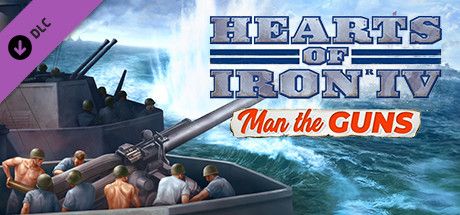

Costume: Lara Croft wears very little clothes such as tank tops and short shorts so her body and figure is shown. This is used so the male audience is drawn in so more copies are sold.
Colour: She is wearing very bland and beige to match her environment of the outdoors.
Facial expression: Lara croft is looking confident and in incontrol to show dominance and authority to contradict the male stereotype.
Body Language: Croft is posed in a manner that she shows off her figure to draw the male audience to play the game.
GAME COVER SEMIOTICS: TOMB RAIDER (CINEMATOGRAPHY)
Camera angle: In the image the camera angle is a body shot from a lower height showing signs of a worms eye view to show off Crofts physical features in a sexual manner to attract the male audience from a slightly lower angle looking up.
Shot Type: Medium long shot to show Crofts full body and figure.
GAME COVER SEMIOTICS: TOMB RAIDER (TYPOLOGY)
Font: The font starts small and increases for the key words of “Tomb Raider” with a bold font to increase its presence.
Colour: The background is black with bright lights shining through the logo which is dispersed out to the side of the image. The clothing is bland boring colours to contract with the background
magazine cover and statement of intent
my working title for this gaming magazine is ‘Gameshack’ – this title implies that the reader is part of a tight community of gamers and that they are in the ‘shack’ – they are in the know, where gaming is concerned. As my target audience are 16-24-year-old men, this sense of being ‘in the know’ is helpful, as this demographic tend to follow trends both in gaming and in wider society. This demographic is addressed by the use of relatively simple language on the magazine cover, giving way to more technical jargon on the inside (traditional gaming magazines tend to use this strategy of simple outside/complex inside) and ensuring the magazine’s broad appeal. my magazine will include an article about the game mentioned in the cover strapline – Interactive Spelling Feud – and it will interact with the magazine’s readership through ‘best and worst games of Summer 2019’-type discussion in the magazine, designed to spark debate. my magazine’s main image is a depiction of the two main characters in Interactive Spelling Feud, demonstrating the centrality of that game to this issue of the magazine, and the magazine uses white text on bright red on the magazine’s headline in order to draw the attention of the reader to the magazine’s coverage of Interactive Spelling Feud. I used the font ‘Bauhaus 93’ in order to create a futuristic and electronic style on the magazine’s cover.
This magazine, despite its relatively mainstream characteristics, remains viable due to the fact that the gaming magazine market is still a growing market with much space for high-quality new additions. It also uses the standard conventions of a date and a price.

CSP 1: tomb raider
A key Theoretical Framework for this media course is REPRESENTATION.
We can link this theory to the first 3 CSP’s (Mens Health, Tomb Raider game cover and Boss Life. Close Study Products are the media texts that you will be examined on in your exam. There are 9 in total.
CSP 1 TOMB RAIDER
The study focuses on:
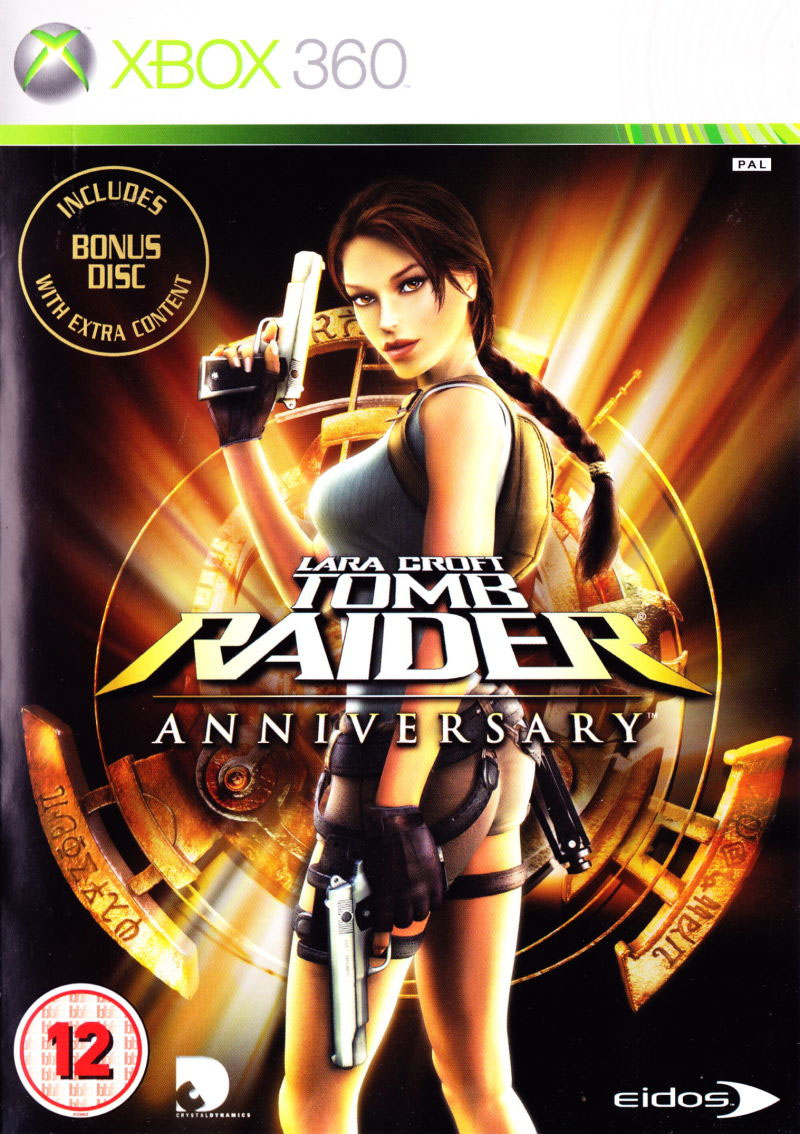
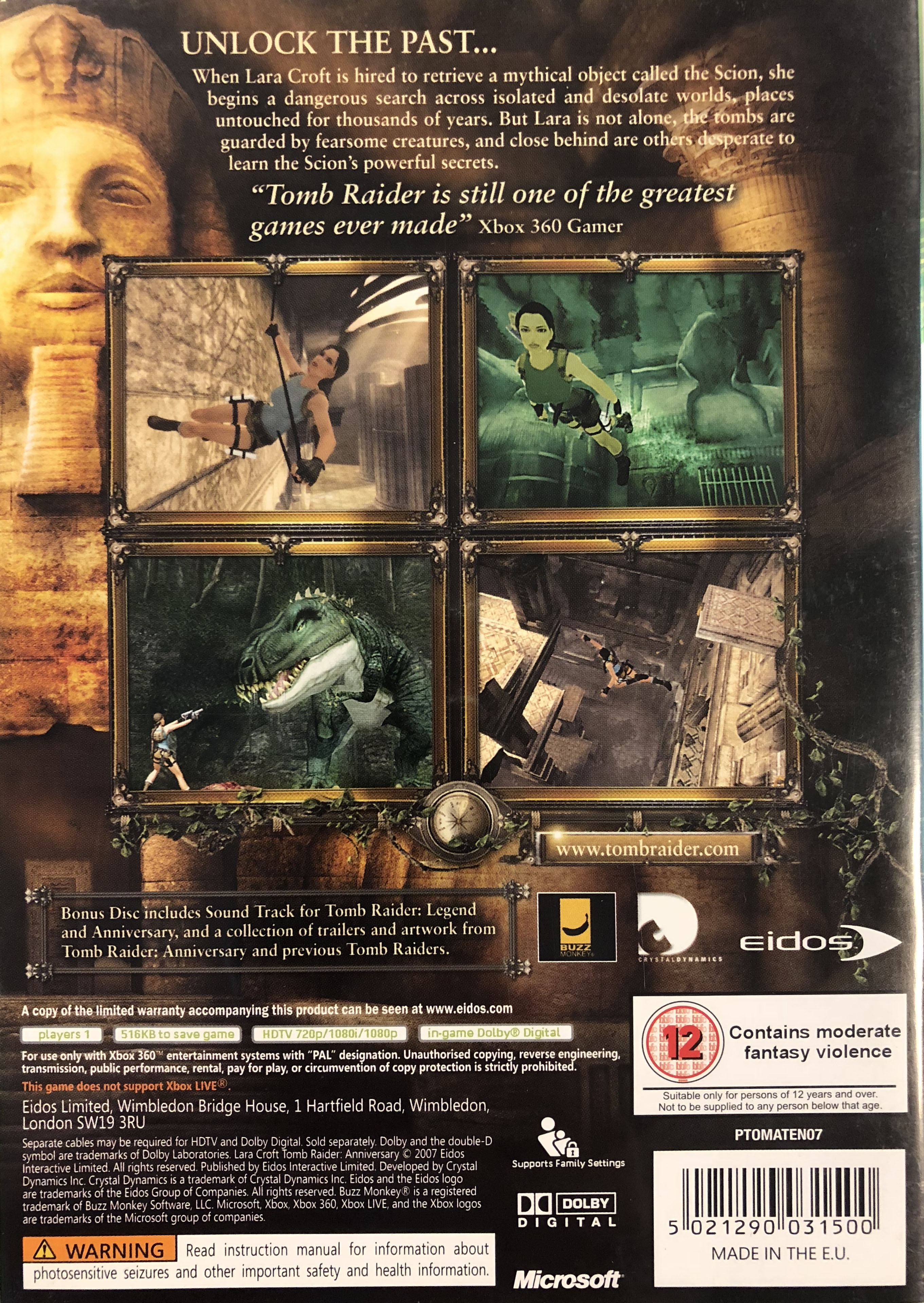
Semiotics and the Langauge of Print
One way to look analyse this image is to think about The Language of Print & The use of Semiotics. So Task 1: apply as many key terms from SEMIOTICS AND PRINT LANGUAGE to the front.
- Photograph
- caption
- Illustration
- Logo
- Crop
- Depth of field
- Perspective
- Shutter speed
- Colour
- contrast
- Texture
- Setting
- NVC
- Font type
- Font size
- Serif / sans serif
- Colour
- Italic/bold
- Underline
- Title banner
- Heading
- Subheading
- Leading line
- Tag-line
- By line
- Structuring / sequencing
- Institutional information
- Adverts
- Rule of 1/3rds
- Blank/white space
- Size
- Position
- Orphans/Widows
- Gutters/borders
- Juxtaposition
- Hard lines
- Graphic feature
- Watermark
- Drop cap
- Columns
- Paragraphs
- Plugs / Ears
- Page numbers
- Date issue no.
- Colour blocks
- gradient
Key language:
Semiotics
- Sign
- Code
- Convention
- Dominant Signifier,
- Anchorage
Ferdinand de Saussure:
- Signifier,
- Signified,
C S Pierce:
- Icon,
- Index,
- Symbol
Roland Barthes:
- Signifcation,
- Denotation,
- Connotation
- Myth
You will also need to understand these key terms:
- Ideology,
- radical
- reactionary
- Paradigm,
- Syntagm,
Representation
Another theoretical approach is to analyse the front cover (and the game) in terms of representation. In other words, what connotations, meanings and ideas are presented here? One way to approach this is to think about the Dominant ideas or ideologies in societies and think about whether this game reinforces or challenges these dominant ideas. In other words, is this a radical or reactionary text?
Task 2: In a pair or small group discuss your own ideas with regard to above and feedback to the class as a 2 minute digital presentation. Your ideas must be supported by EVIDENCE AND KEY LANGUAGE. Upload your presentation to your blog.
POINT
What are you trying to say?
EVIDENCE
Key language (above)
the front and back cover
the article below
the videos below
CONCLUSION
Reflect on your point – are you totally convinced by your evidence? Is it possible to find and present a counter-argument?
Does it lead to another idea or point?
Do all of your points add up to a ‘meta’ / overall argument?
Read this first to help you get some ideas: https://www.bigfishgames.com/blog/tomb-raider-body-image-lara-crofts-changing-look/ copied below link
Audience Theories
A key theoretical debate is the extent to which the media influence our ideas and opinions. In the first instance, RECEPTION THEORY (developed by George Gerbner based around research on TV viewing) suggests that exposure to reinforced messages will influence our ideas, attitudes and beliefs.
On the other hand Stuart Hall suggests that messages are actually ENCODED AND DECODED.
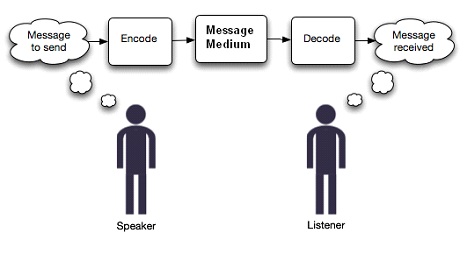
Stuart Hall went on to suggest that audience actually decode and interpret messages in different ways. He calls this the THEORY OF PREFERRED READING and puts forward the argument that audiences either accept the dominant reading of a text (A DOMINANT READING) or they reject the dominant reading of a text (AN OPPOSITIONAL READING), or they take up a reading somewhere in between (A NEGOTIATED READING).
Task 3: Go back to your statement of intent and write up – in continuous prose – your ideas around ‘representation’ and ‘audience theory’ in reference to your NEA (specifically your games magazine front cover)
- the dominant ideological representations in your product (ie radical / reactionary) and
- the way in which your audience could theoretically engage with your product (ie apply audience theory to your product)
Remember you can use this information when you revisit and revise your statement of intent.
CSP VIDEO GAME – TOMB RAIDER ANNIVERSARY
magazine cover and statement of intent
Statement of intent;
The main intention of my magazine was the create a gaming magazine that was inclusive to both males and females. To do this I did some research on some existing magazine covers including PC GAMER and GAMES TM. I found the majority of the covers were using dark colours and featured characters. Using this research, I decided to layout my magazine with 4 plugs and the main image of a character from a game. I also made the background black as it connotes death and mystery which link to the theme of my magazine.
My gaming magazine is called ‘UNITED GAMERS’. The target audience for my magazine is teenagers (12-19 years old) who are male and female, who have an interest in gaming. I named my magazine ‘UNITED GAMERS’ as the word united immediately connotes that everyone is joined by a common interest and the word gamers indicates that the magazine’s topic is gaming. I used the fonts Impact and Mydrid Pro which are bold fonts that are eye-catching for the target audience. The colours I used for my cover are black, red/pink, blues and white. I used black and white as they are both shades and are not linked to a specific gender. I then used the blues and red/pink as these denote male and female which again portrays that the magazine has content for both girls and boys. Also, the colour red links to danger which relates to the plugs which are about battle and war games.
The main image is a cartoon man from one of the games mentioned in the plugs, this will be instantly recognizable for the target market that plays the game and knows the character. My cover has 4 plugs which are all in the same 3 fonts to make it cohesive. I n the plugs I used words like “exclusive”, to make them stand out and appeal to the target audience by implying that this magazine is the only place to get the information. I also have a barcode, date and price as these are part of the codes and conventions.
Representation;
The dominant ideology of my magazine cover is about war and battle games. I used a male character from one of the games who follows the stereotype of a male, which features large muscles and angry expression. This image represents the ideal male this makes my magazine a reactionary text. As my target audience is teenage males, they will be able to engage with the cover as they might idolize the character. Also, the name of my magazine is ‘UNITED GAMERS’ which is an iconic sign and provides anchorage for the target audience.
Audience theory;
- The encoded message of my magazine is war and battle games.
- appeals to my target audience because emphasizes there interests.
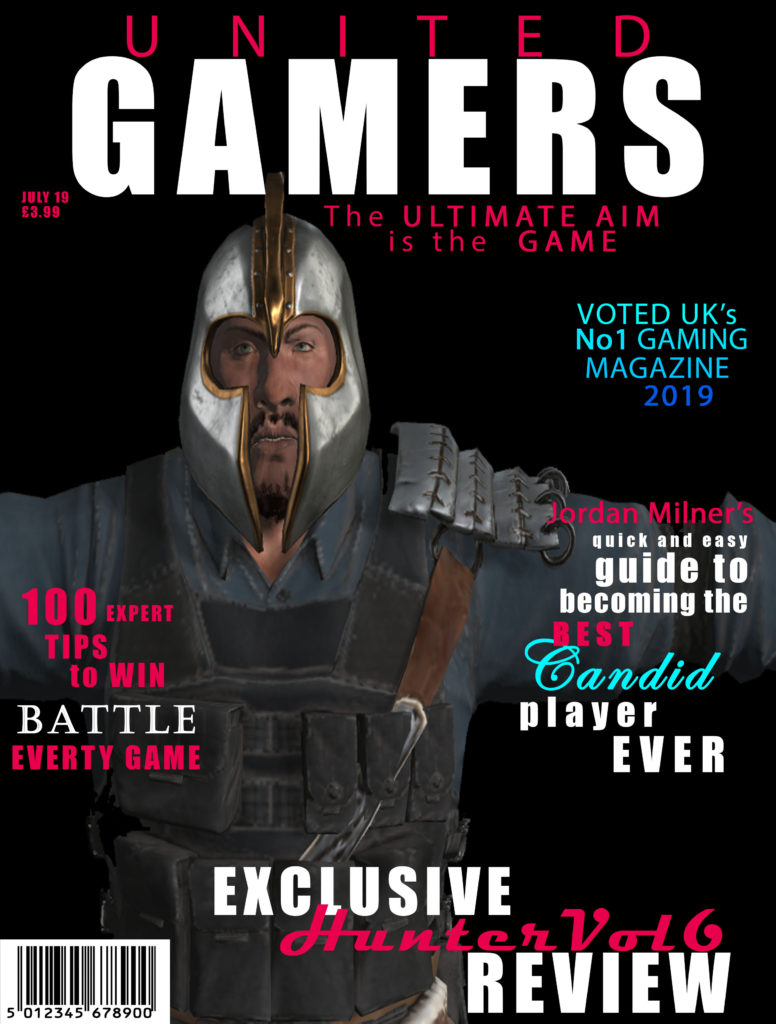
STATEMENT OF INTENT
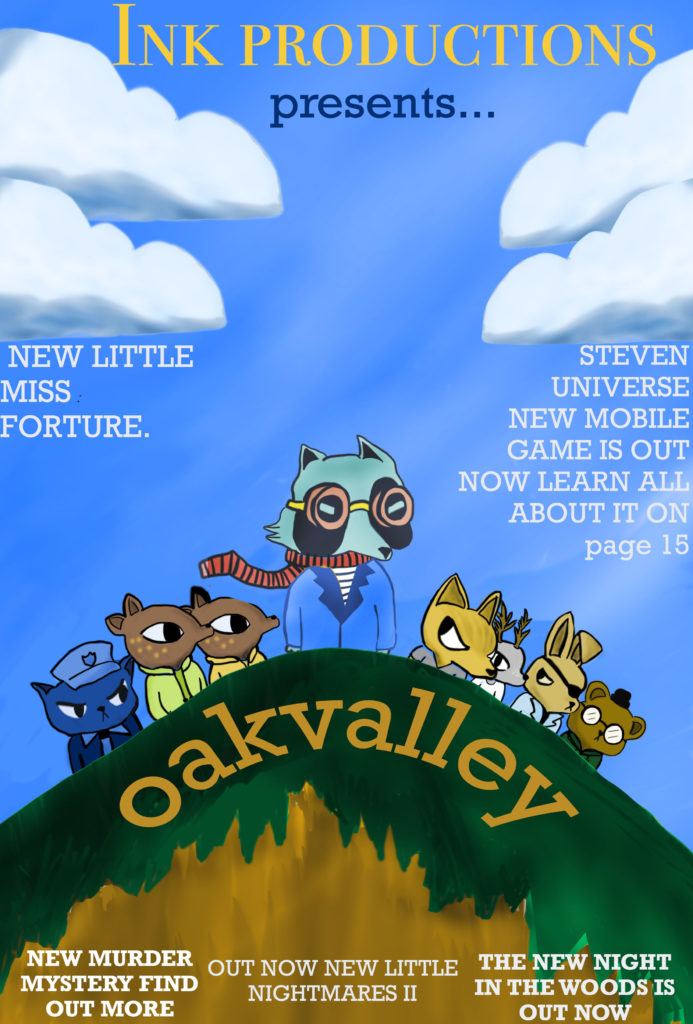
Representation
Asking the question if my games cover is radical, or reactionary. Does my cover goes with the dominant ideology of video game covers, or if does go against them?
I would personally say my cover is radical. my reasoning behind my opinion is;
Firstly the layout, in usually gaming magazines would place their main character as their dominant signifier, on the front cover with no other side characters. (Unless they were important to the story AKA sidekick, or were other protagonists form other video games the magazine is covering). In my cover I have 8 characters in view, so who’s to say who the main character is? There is no big dominant signifier besides the positioning of one blue characters being at the front of the v formation.
references for layout and design for the front magazines



back story for video game
I changed my rough idea for my front cover to this new updated gaming cover about a game I created called “Oakvalley”. It’s a story driven, adventure mystery game. The lead character is College dropout blue who returns home to the crumbling former gold mining town of Oakvally seeking to resume his aimless former life and reconnect with the friends he left behind. But things aren’t the same. Home seems different now and his friends have grown and changed. Leaves are falling and the wind is growing colder. Strange things are happening as the light fades. And a town secret is about to be revealed.
layout
Describing what I have done for my layout is; firstly I created a dominant signifer of the title of the game and the master head at the top of the cover. I chose the layout of the subheadings and text to fit around the main image so it wouldn’t take away the focus of the main character. When consumers looked at my magazine I tried to put into consideration was how the front cover should feel to the consumer. My plan was to make it intrigue the viewer by give a sense of dramatic mystery.
Relating to “Applying Theory Of Audience”, my magazine would relate to the Struggler’s who have the need to escape from reality, which can be achieved in story arch video games. Since storyline video games help relate to gamers, and give a sense of joy playing.
I planned to layout my characters for “Oakvalley” in a “V” formation since I wanted to make the main character stand out the most, to show the importance of the character. I plan for the size of the magazine to be A4 since I don’t want to stretch my characters too much or have too much free space on the front cover. The advantages of keeping it A4 are; it is a suitable size to carry around, either by hand or in bags. Also if I planned to make the magazine anything bigger than A4, for example A3, it would be significantly heaver which is something I don’t want because I want my magazine to be a light weight and appealing magazine.
Brief About Magazine
this magazine is going to be themed around mystery/adventure video games with hand drawn cartoons done by me
Next Step Forward
I am going to next upload my sketch to photoshop and use it as a background layer to draw on top. I will try to make a lot of different layers for the characters so I’m able to change scales of clothing or accessories
APPLYING THEORY: AUDIENCE
Looking at Maslows hierarchy of needs, my cover and game relates most to the loving belongs, and self-actualization levels in Maslow’s triangle. I think this because, when it comes to storyline games people can build real connections with the characters. So the way the characters are designed and written can give a sense of belonging or love. From the audience having a specific character that they can relate to and adore will help build up a loyalty of the audience. A story game could relate to the self-actualisation level since a certain games plot, could relate to someones home life on a basic or on a deeper level. It’s the same when an audience can relate to a certain character. It can make them feel more invested in the game, since it can help them feel less alone because the character might imitate the audiences feelings or emotions. So this all leads to a person having a subconscious connection to the game and make it more appealing.
double page spread

For my double page I want to theme it around the murder mystery games with using inspiration from video games like; bendy and the ink machine, little Misfortune, Fran bow, sally face. by inspiration I mean there art styles/ settings that I can use as backgrounds. I plan to use “Adobe photoshop” to create the double page spread of a landscape sensory that I have edited to give it a more cartoony style. I added my characters on top of the background so the page would have a better connection with the game instead of just being a landscape background. I drew plane with little “blue” characters in them to link to the main character and then scattered other side characters around the environment but placing them in place they would still be spotted and noticed. as a finishing touch on the double page I added orange boarders that were 1 cm each since I felt the page felt like it wasn’t fit for the frame but by adding the visual blocks the page looks a lot more together and fixed. If I was to improve my double page I would have chosen a different topic to talk about on the page, plus more subheadings about different topics in the game instead of just the backstory of the game. since I feel the long paragraphs make the page look less interesting to read and pay attention. unlike if it had shorter snap paragraphs about different sections of the game to keep the audiences attention.
Contents Page
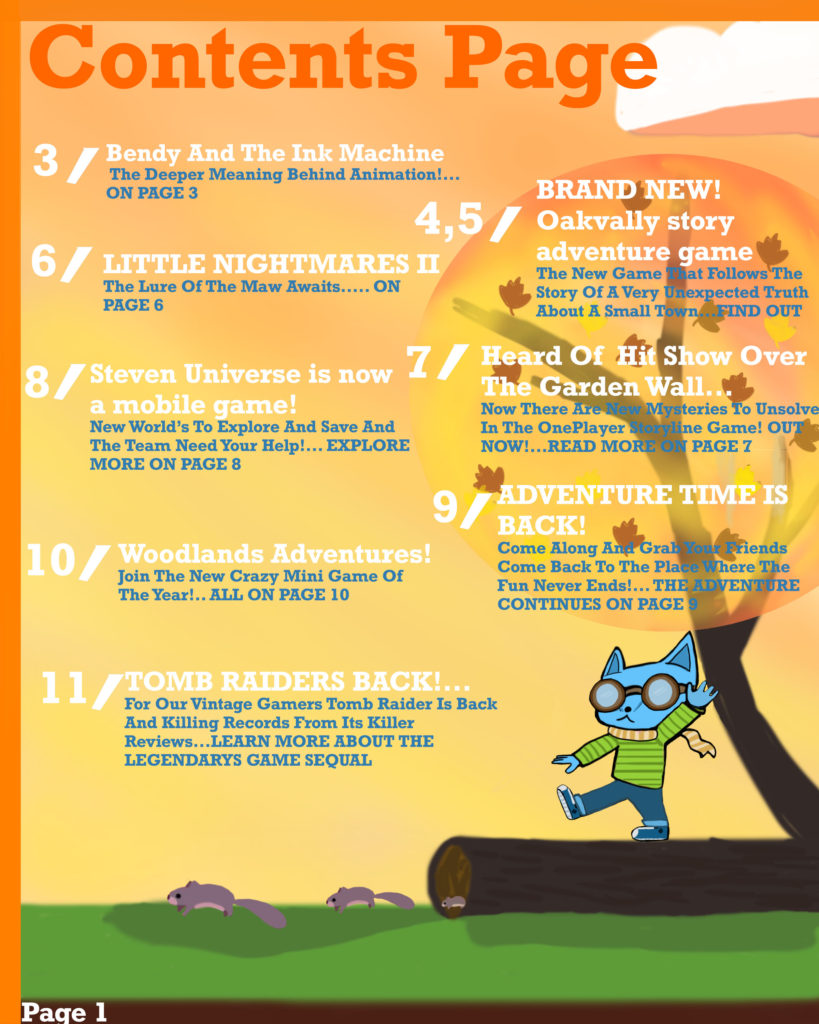
For my contents page I plan to use one of my references video game pages, for the layout designs. I personally liked the contents page that had the icons of the certain games linking to the page I thought it was a good technique to interest audiences more into buying the magazine as they can see small preview of what the magazine in-tales. I’m going to be using Photoshop to draw all the contents page images, possibly creating the icons to link with the reference content pages. background ideas for the page and I might use “Adobe indesign” for their text breaks and formal styles for their bios. I want the magazine to have the running theme of what age it’s directed to(audience theory). I want the pages text to be more round/soft but bold as well, giving a comic book vibe fitting with the gaming magazine.
I ended up creating my own little scene for the page linking to my video game “OakVally” from the from cover. I placed a character on the page in the same art style as the from cover so it was a noticeable linkage. as well by giving the character pilot goggles and a scarf like the main character has on the front cover. I referenced my colour palette to my double page by using much warmer colours like oranges, yellows and reds.


